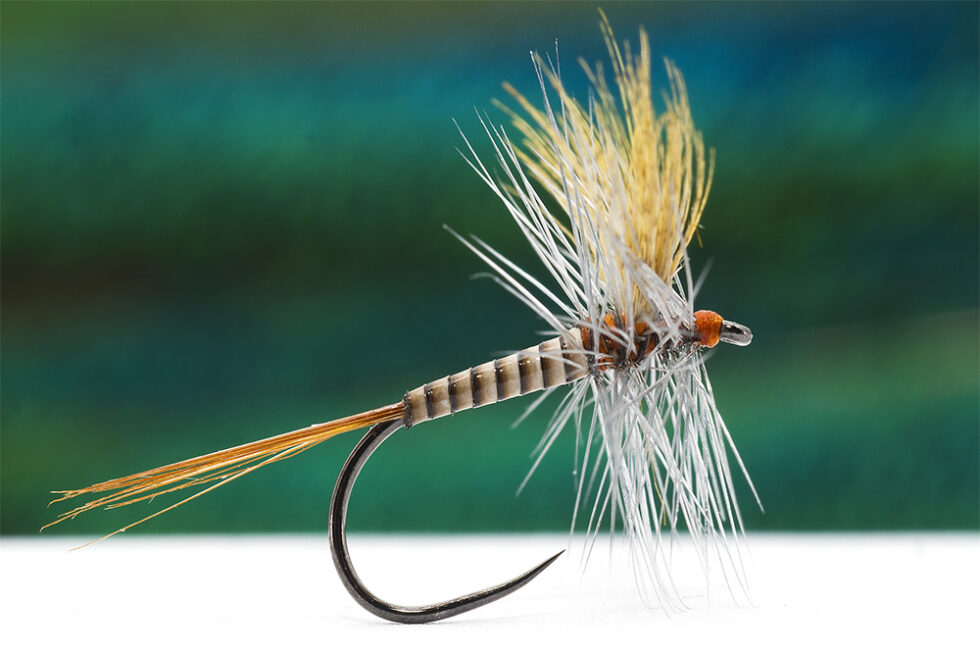
The Quill Gordon dry fly is a historic fly pattern with a simple design and enduring effectiveness. Here’s what you need to know:
The fly was developed in the late 1800s by Theodore Gordon, often referred to as the “Father of American Dry Fly Fishing.” The fly is credited for being one of the first American dry fly patterns and instrumental in popularising dry fly fishing in the United States. The fly was designed to imitate hatches of Ephemerella mayflies found in the Catskill rivers.
An excellent American tyer who is very involved and makes traditional American flies is Ricky Bassett (https://www.facebook.com/ricky.bassett.14), you can find him on Facebook and I recommend him. He is one of the most talented tier I know and admire. You can check his fly and you can see his imitations to traditional models.
Recipe:
- Hook: 2X-long dry fly hook, sizes 14 to 10 (choose size based on the size of mayflies you’re imitating)
- Thread: Black or gray 8/0 (70 denier) thread
- Tail: Dun hackle fibers (use a few strands from the base of a dun hackle feather)
- Body: Stripped peacock herl stem (carefully remove the fuzzy fibers to expose the hollow quill)
- Wings: Lemon wood duck flank feathers (a matched pair for even wing size)
- Hackle: Dun hackle (tie in two feathers slightly splayed for better profile)
The key to this fly is using high-quality materials and achieving proper proportions.
Some tiers prefer using a piece of stripped peacock herl from the eye of the feather instead of the stem.
You can find plenty of video tutorials online that demonstrate the tying process step-by-step.
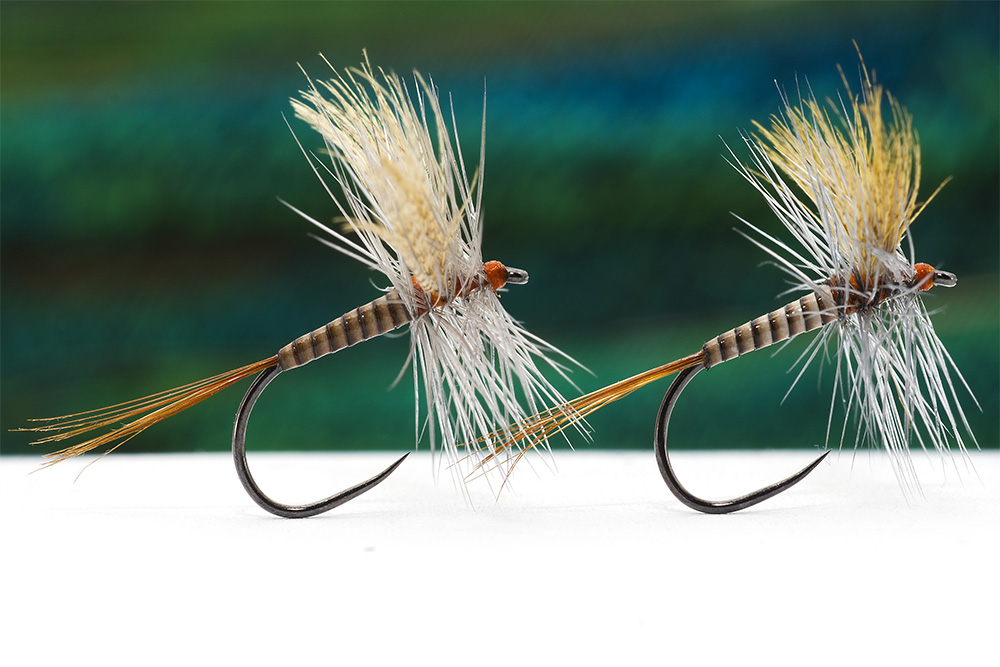
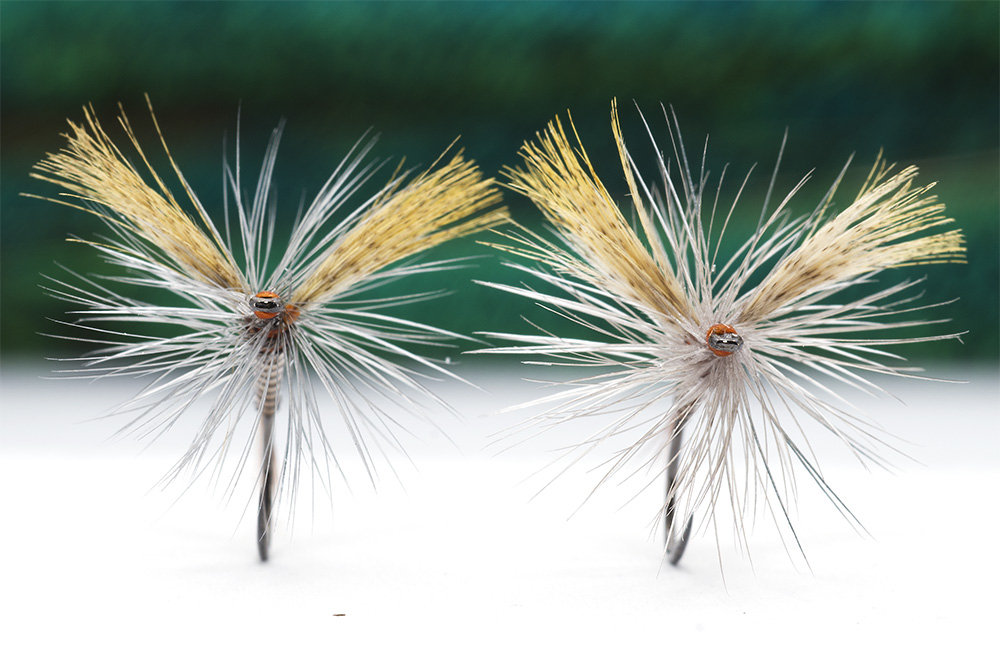
Why it’s effective:
- Simple design with readily available materials makes it easy to tie.
- The buoyant quill body sits high in the water, imitating a struggling mayfly.
- The sparse profile makes it a good all-around dry fly for various mayfly hatches.
The original pattern used wood duck flank for the tail, but many tiers now use dun hackle fibers for a simpler construction.
Some tiers prefer using different colored peacock herl or different wing materials for specific mayfly imitations.
However, as every angler knows, sometimes it’s necessary to adapt flies to the specific rivers and fish you target. Here’s how I’ve adapted the Quill Gordon for my local waters:
- Hook: I prefer barbless hooks with a standard length shank for catch and release practices and easier penetration. Size selection (12-16) is what I use mostly because I target grayling too ( a very picky fish).
- Tail: While the classic pattern uses dun hackle fibers, I opt for a rusty brown or rusty dun colored tail because I found to work better on rivers exposed to South ( more warmer than exposed to North).
- Wings: Finding good quality lemon wood duck can be challenging. A great alternative is using yellow dyed barred mallard feathers. These offer a similar subtle barred pattern that effectively imitates mayfly wings.
- A recent addition to my Quill Gordon variation is the use of CDC feathers. These super-hydrophobic feathers add excellent buoyancy and help the fly imitate a struggling mayfly resting on the water’s surface. Plus, the CDC adds a touch of movement that can be irresistible to fish.
- Body: The stripped peacock herl quill remains the core of the fly. To add a touch of durability, I give the quill a coat of uv resin. This helps prevent it from splitting easily, especially when dealing with fish with sharp teeth.
- Hackle: Similar to the classic pattern, I use a dun hackle or a light dun variation
- Thread: Red, Rusty Red or Orange, I like these colors more :).
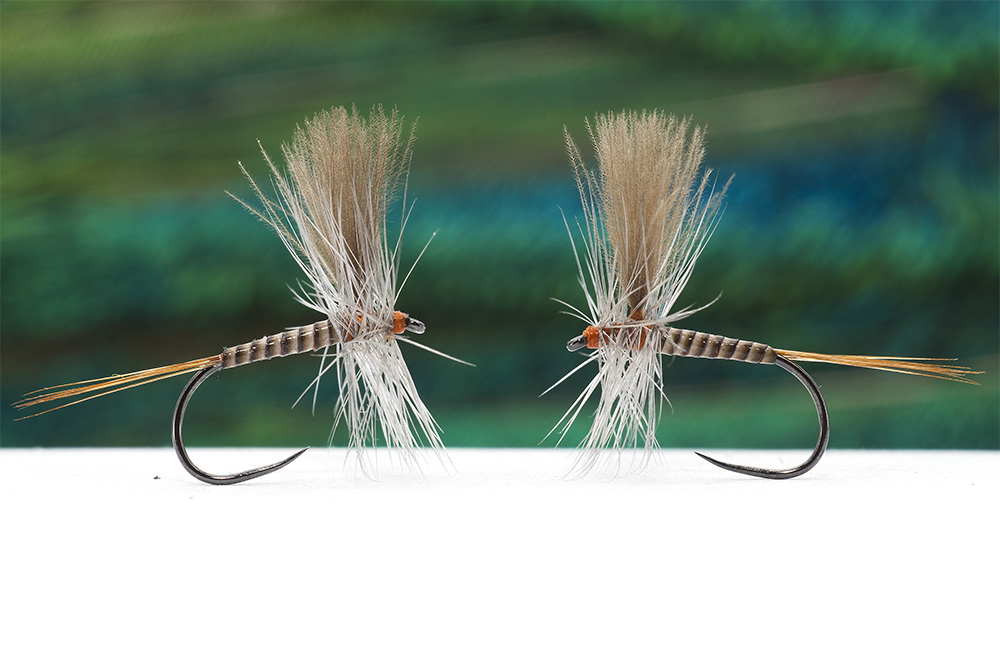
These adjustments maintain the core concept of the Quill Gordon while adding some personal touches that cater to my specific fishing environment. Remember, fly tying is all about experimentation and finding what works best for you and the fish you pursue.
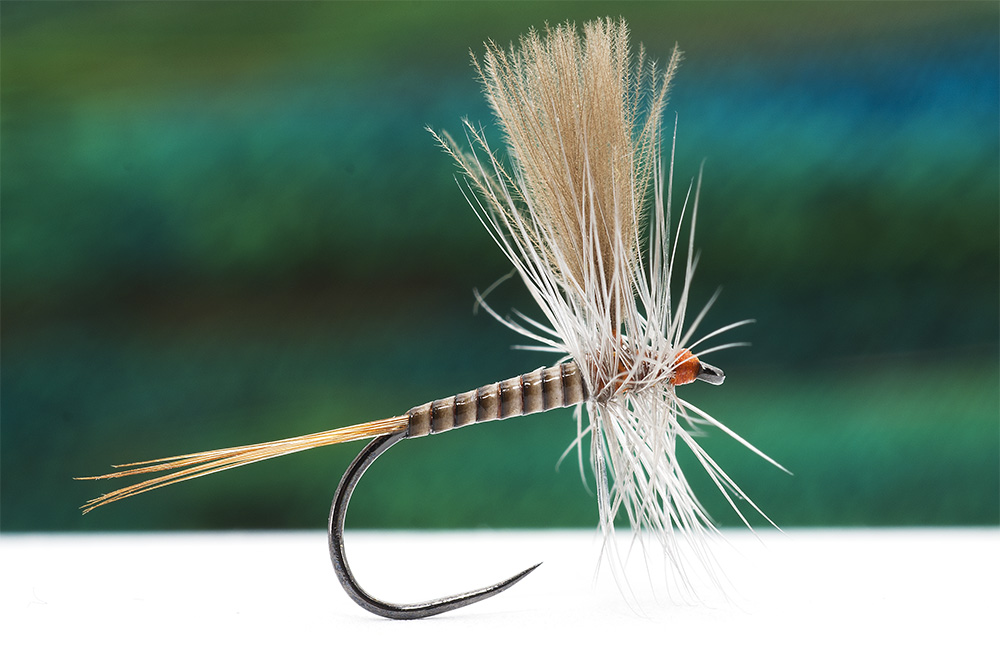
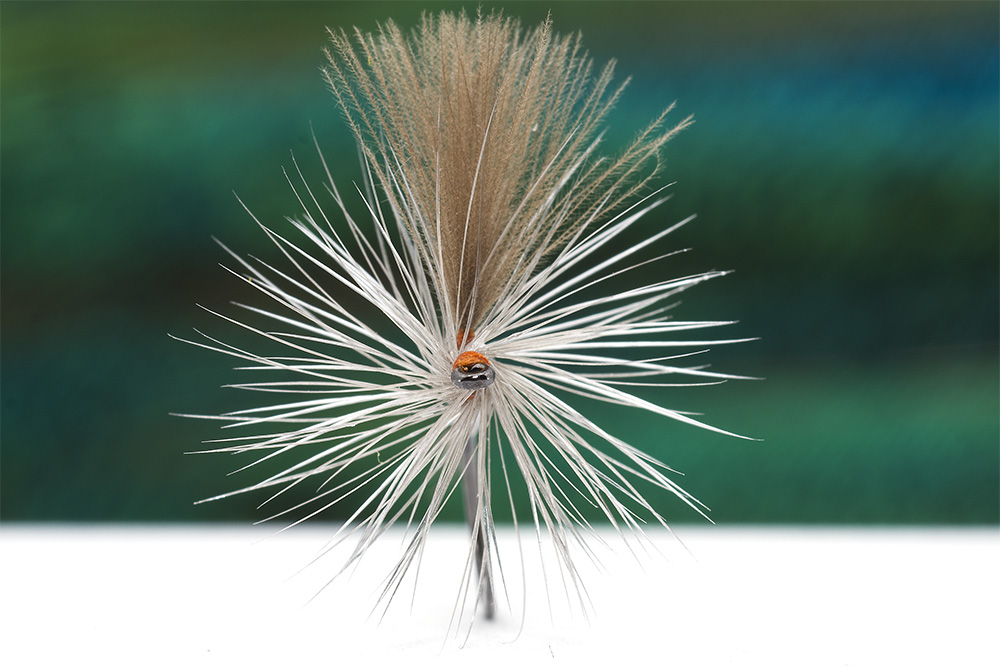
The Quill Gordon remains a popular dry fly pattern for both its historical significance and its effectiveness on the water. Its simple design makes it a great fly for beginners to learn to tie, while its versatility makes it a valuable tool for experienced anglers.
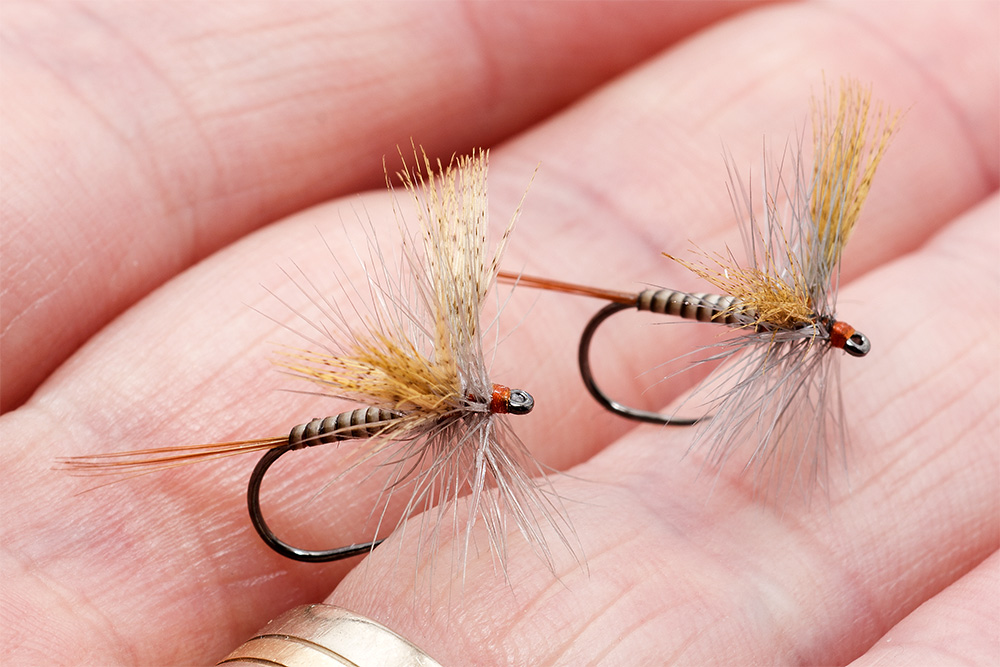

Leave a Reply